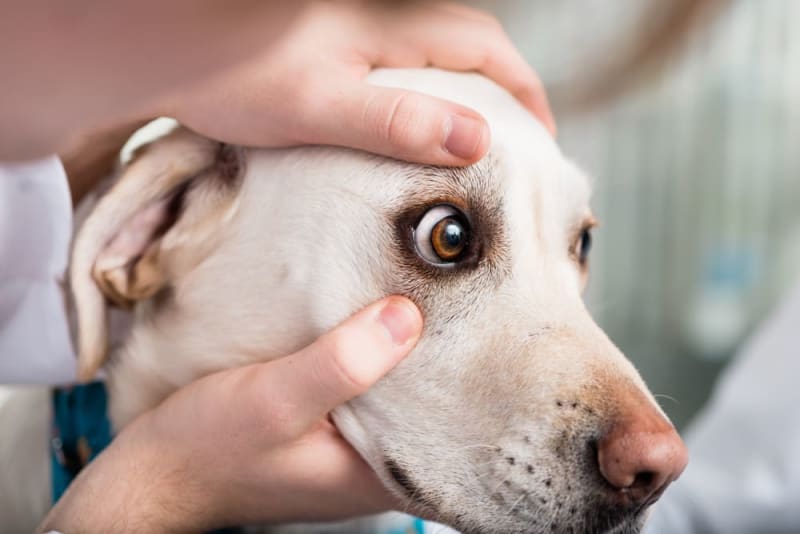Introduction:
Discovering that your beloved canine companion has developed cataracts can be concerning. While surgery is the most common treatment for cataracts in dogs, there are non-surgical approaches that can help manage the condition and preserve vision. In this comprehensive article, we will explore various non-surgical treatment options for dog cataracts. Understanding these alternatives can provide valuable insights for dog owners seeking to improve their pet’s quality of life.
Non-Surgical Treatment Options for Dog Cataracts: An Overview:
Cataracts in dogs refer to the clouding of the lens within the eye, leading to impaired vision. While surgery is often recommended to remove cataracts and restore vision, it may not be suitable for all dogs due to factors such as age, overall health, or financial constraints. Non-surgical treatment options aim to slow down the progression of cataracts and manage associated symptoms. Common non-surgical approaches include:
- Nutritional Supplements:
Certain nutritional supplements, such as antioxidants and vitamins, have been suggested to support eye health and potentially slow down the progression of cataracts in dogs. These supplements may include vitamins C and E, lutein, zeaxanthin, and omega-3 fatty acids. Consult with your veterinarian for appropriate supplement recommendations and dosages.
Recommended:
- Petco Review: The Power of Together
- PetSmart Review: Where Pets Inspire Us
- Hill’s Pet Nutrition Review: Pioneering Pet Health and Nutrition
- Royal Canine Review: Tailored Nutrition for Every Pet
- Chewy Review: Pet Care at Your Doorstep
- Prescription Eye Drops:
Prescription eye drops containing antioxidants, anti-inflammatory agents, and lubricants can be used to manage symptoms associated with cataracts, such as dryness and irritation. These drops may help improve overall eye comfort and potentially slow down the progression of cataracts.
- Management of Underlying Health Conditions:
In some cases, cataracts may be secondary to an underlying health condition, such as diabetes. Managing the primary condition effectively, through appropriate medication, diet, and lifestyle adjustments, may help slow down the progression of cataracts or prevent their development.
- Regular Eye Examinations:
Frequent eye examinations by a veterinarian or veterinary ophthalmologist are crucial for monitoring the progression of cataracts and assessing overall eye health. Regular examinations can help detect any changes in the cataracts or identify potential complications that may require additional treatment.
- Environmental Modifications:
Making adjustments to the dog’s environment can help improve their quality of life and compensate for vision loss caused by cataracts. This may include rearranging furniture, using tactile cues, and maintaining a consistent routine to help the dog navigate their surroundings more easily.
- Supportive Care:
Providing additional support and care to dogs with cataracts can help improve their overall well-being. This may involve regular grooming to keep the area around the eyes clean, ensuring a balanced diet, and providing mental and physical stimulation to maintain their overall health.
Conclusion:
While surgery remains the most effective treatment for cataracts in dogs, non-surgical options can provide valuable support in managing the condition and preserving vision. Nutritional supplements, prescription eye drops, management of underlying health conditions, regular eye examinations, environmental modifications, and supportive care can all contribute to improving the quality of life for dogs with cataracts. However, it is crucial to consult with a veterinarian or veterinary ophthalmologist to determine the most appropriate treatment plan for your dog’s specific needs.
References:
- Kern, T. J., & Gelatt, K. N. (2013). Cataracts in dogs. Veterinary Clinics: Small Animal Practice, 43(4), 949-963.
- Miller, P. E., & Murphy, C. J. (2011). Vision in dogs. Journal of Veterinary Internal Medicine, 25(6), 1250-1256.
- Plummer, C. E. (2017). Canine cataracts. Veterinary Clinics: Small Animal Practice, 47(5), 965-985.



